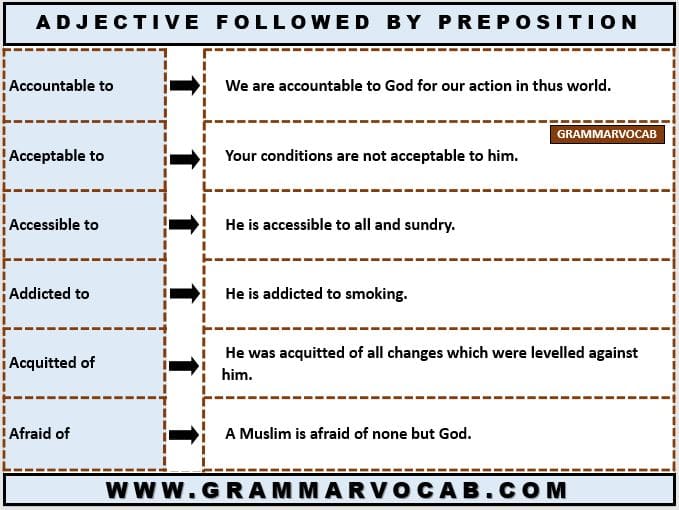Learning English can be like going on an adventure, especially when you dive into the world of prepositions. These little words help us describe where things are or how they move. Today, we’re going to explore three prepositions that often travel together: “in,” “on,” and “by.” These words are like special keys that unlock the rules of talking about transportation in English.
When to Use “In”
We use “in” when we talk about smaller, enclosed vehicles where you cannot stand up or walk around. Think of it like being inside a small room that moves.
Examples:
In a Car or Taxi: You sit in a car or taxi because you are inside it. The car has doors, a roof, and windows that enclose you.
-
- “I am in the car waiting for you.”
- “She was in a taxi when she called.”
In a Canoe or Small Boat: Even though a canoe or a small boat is open at the top, you sit inside the structure of the boat. So, we say:
-
- “They were in a canoe paddling down the river.”
When to Use “On”
We use “on” for larger types of transportation where you can stand up, walk around, or when you directly stand or sit on it. It’s like being on top of a surface that moves.
Examples:
On a Bus, Train, Plane, or Ship: These are large modes of transportation where you can move around inside. You get on them because you can walk on their floors, much like you walk on the ground.
-
- “We are on the bus to downtown.”
- “They were on a plane to Paris.”
On a Bike, Motorcycle, or Horse: When you ride these, you are on top of them, not enclosed by them. So, you say:
-
- “He is on his bike going to the park.”
- “She got on her motorcycle and left.”
When to Use “By”
“By” is different from “in” and “on”. We use “by” to talk about the mode or kind of transportation you choose, not the specific vehicle you are in or on.
Examples:
By Car, By Train, By Bicycle: This tells others what kind of transportation you used. It’s about the choice or method of travel.
-
- “We are traveling by car to the beach.”
- “I go to work by bicycle.”
By Foot: This is a special case where you use “by” to say that you walked.
-
- “We went there by foot.”
In, On, By Example Sentences
In
- She is in her car waiting for the traffic to clear.
- They were in a taxi when they heard the news.
- We sat in the bus as it navigated through the city.
- He fell asleep in the plane before it took off.
- She’s in the train, probably reading a book.
- They got stuck in an elevator on their way to the meeting.
- We traveled in a hot air balloon over the valley.
- He spends a lot of time in his truck for work.
On
- She’s on the flight that landed early.
- We met on the subway during rush hour.
- She performs on a boat that tours around the lake.
- They held the meeting on a train to make it memorable.
- We saw dolphins while we were on the ferry.
- He got on his bicycle and rode off into the sunset.
- The cat was found sleeping on the hood of the car.
By
- They traveled by train to get to the countryside.
- She commutes by bike, even in the winter.
- We sent the package by air to ensure it arrives quickly.
- He prefers to travel by foot to explore the city’s nooks.
- They went by bus to the concert to avoid parking hassles.
- She moved by ship across the ocean for her new job.
Conclusion:
Understanding when to use “in,” “on,” and “by” makes talking about transportation clearer and helps others understand exactly what you mean. Remember:
- Use “in” for smaller, enclosed spaces.
- Use “on” for larger modes of transportation where you can move around or when you are on top of something.
- Use “by” to talk about the method or type of transportation you choose.
Must Try:
Prepositional Phrases of Time and Place
Popular Prepositional Phrases



